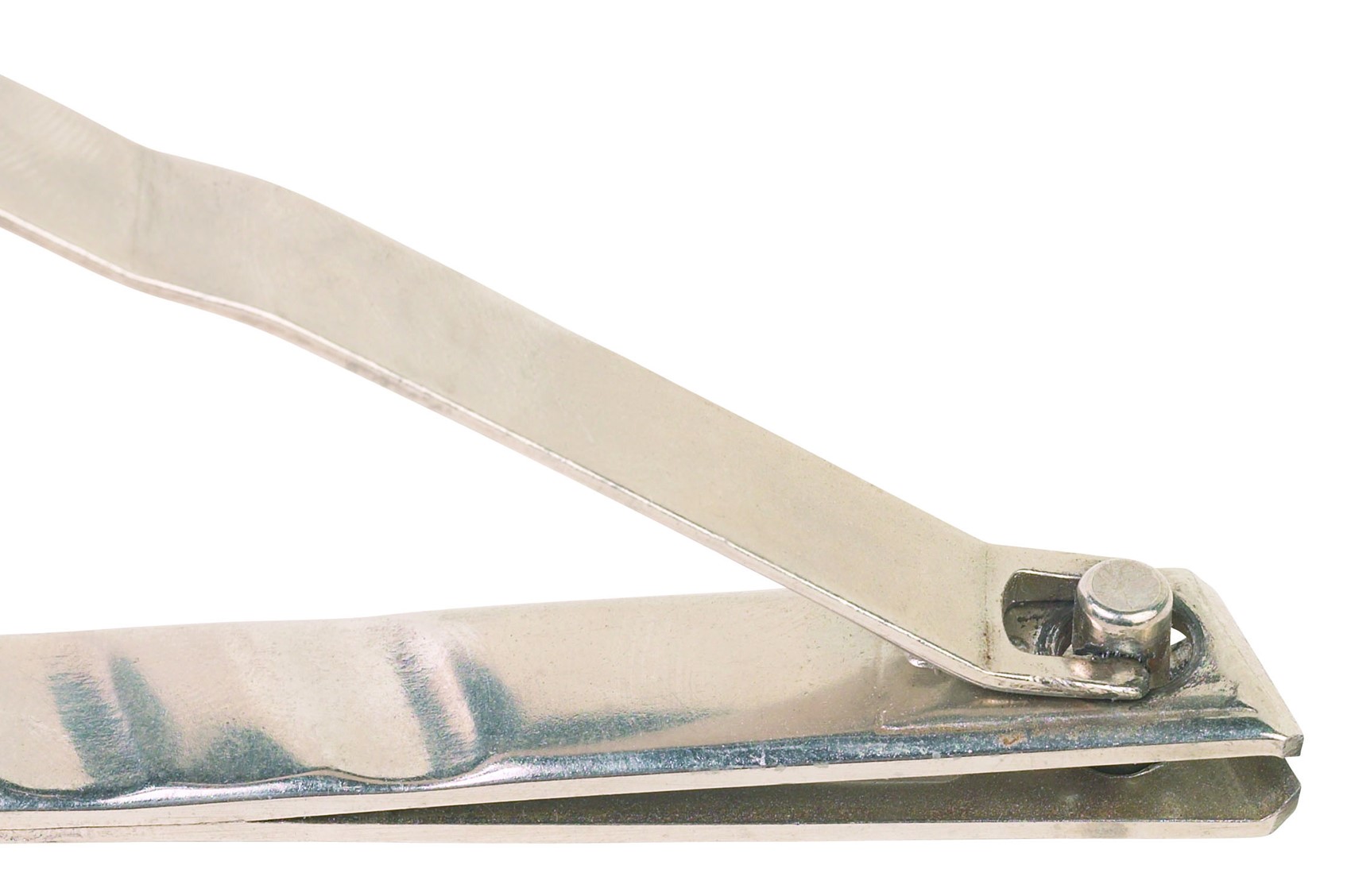Be part of the solution and make a difference

Psoriasis can affect both fingernails and toenails, with half of those with psoriasis alone having some form of nail involvement. The risk increases in those with psoriatic arthritis, and it is reported that this could be as high as 4 out of 5 people seeing changes to their nails.
What can be done about it?
Nail psoriasis is perhaps the most difficult part of psoriasis to treat. In the past a large number of treatments have been tried, none of which has given particularly good results. The first things to consider are the non-medical aspects of caring for your nails.
Tips on general nail care
- The basic strategy for both hands and feet should be to keep the nails short. Try to trim them back to the point of firm attachment and gently file them down with an emery board.
- Try to protect your nails from damage because this can worsen the problem. Consider wearing gloves to protect your nails whenever you are doing something that could cause damage.
- Do not clean debris from beneath the nail with a sharp object or a nail brush. This tends to increase any onycholysis and make the situation worse; soaking the affected nails in soapy warm water may be sufficient to remove the debris.
- Rubbing moisturisers into the nail and cuticle or soaking them in emollient oils may help.
- Toenails can benefit by being soaked for at least 10 minutes in a bowl or bath of warm water, which softens the nails, before gently filing the thickened part of the toenails with an emery board and using good, sharp scissors to trim off small pieces of the nails. You should cut straight across the toenail, which helps prevent it from becoming ingrown. It helps to always wear comfortable shoes which make enough room for your toes; friction can cause toenail thickening to occur. It may be worth considering buying shoes a size up from your normal size.
Read more about nail psoriasis
